Francis Urquhart Fortescue



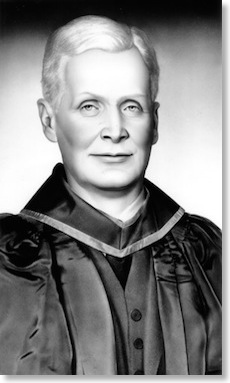 .
. 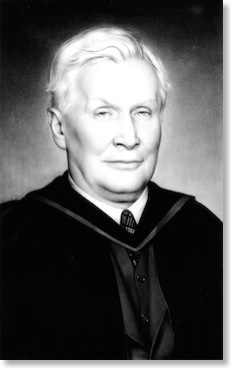
. 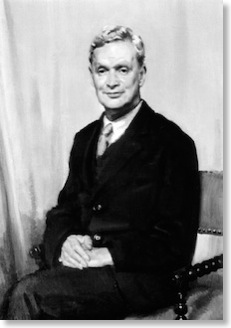 .
. 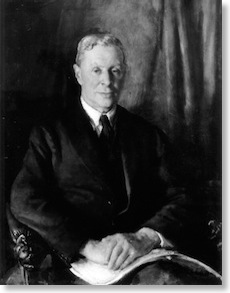

Balliol College Archives & Manuscripts
Photographs of Francis Fortescue Urquhart
This is the first of the web exhibitions not to have started as a Document of the Week, although it did have a precursor in the Kimono Tea Party article. Francis Fortescue Urquhart (1868 – 1934), son of David Urquhart and his wife Harriet Angelina Fortescue, was an exhibitioner at Balliol College 1890 - 1894 and a Fellow of the college 1896 - 1934. He was the first Roman Catholic Fellow in Oxford since the Reformation.
Until 1854, it was necessary to subscribe to the Thirty-nine Articles of Religion (i.e., to declare one's acceptance of the doctrines of the Church of England) in order to take an Oxford degree. After this bar was removed, Rome distrusted the Oxford Movement atmosphere sufficiently to issue a decree in 1867 forbidding Catholics to attend the University. This was not relaxed until 1895. However, some Catholics did come to Oxford despite the ban, including Urquhart. He remained at Stonyhurst College for an external London degree in Classics, and came up to Balliol in 1890 for a second BA in modern history. St Benet's Hall provides a brief summary of this period in the history of Catholic education at Oxford.
Urquhart lived in Balliol for nearly forty years, holding office as junior dean (1896–1907), domestic bursar (1907–19), and dean (1918–34). A conscientious but uninspiring tutor, his interests were more in art and architecture than literature or history, and he made no contributions of his own to historical scholarship. He took little part in university affairs except the development of the Oxford Catholic chaplaincy—he was instrumental in the appointment of his friend R. A. Knox as chaplain in 1926. Nevertheless, he became one of the best-known and most warmly remembered dons of his time. His main role, recalled L. E. Jones, ‘was social, not pedagogic … he appeared to have endless leisure for loitering in the Quad by day and gossiping in his rooms by night’ (Jones, 33). Late in the evening during term time his rooms above Balliol's back gate became an informal salon for undergraduates of all sorts to mix and talk. In vacations he often took a chosen few with him touring, and every summer except 1915–18 he invited groups of a dozen or so to stay with him at his father's chalet, which became known as the Chalet des Anglais. He had first taken a reading party there in 1891; in 1896 he bought the chalet from his elder brother, David Urquhart (1855–1928). It burnt down in 1906 while he was on a trip round the world, but he had it rebuilt. Between 1891 and 1931, when his health failed, he had about 300 chalet guests for a week or two of morning reading and afternoon mountain walks. About half were Balliol undergraduates, but other colleges were also well represented.
Urquhart had a slim, athletic frame, blue eyes, and a handsome, smooth face with heavy, slightly pouting lips; his hair was thick and curly—light brown in youth, white later. The nickname Sligger, by which he was generally known after about 1892, was derived from ‘sleek one’ through ‘slicker’. He liked handsome young men, and photographing them, but was probably celibate. Only one special relationship is evident, with Stephen Hewett (1893–1916), whose letters from the trenches he edited for publication. Walter Pater may have used Urquhart as the model for some features of the subject in Emerald Uthwart (1892). Anthony Powell, a pupil of Urquhart's, placed his recurrent character Sillery in a setting based on Urquhart's salon, but denied otherwise drawing on him.
Urquhart died of lung disease in Oxford on 18 September 1934 and is buried in Wolvercote cemetery. He left the Chalet des Anglais to his Balliol friend R. A. B. Mynors, who in turn bequeathed it to a trust. It is still used for undergraduate reading parties from Balliol, New and University Colleges.
FFU's entry in the Oxford Dictionary of National Biography, written by Dr John Jones, is available online by subscription. His father David Urquhart is also in the ODNB and his uncle Chichester Samuel Parkinson-Fortescue, Baron Carlingford and second Baron Clermont.
http://archives.balliol.ox.ac.uk/Exhibitions/exhib09f.asp
CH1.2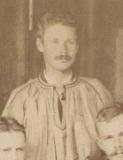
CH1.7
CH1.34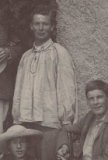
CH1.41
FFU7.59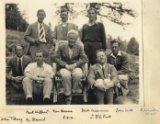
CH2.70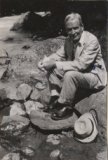
CH2.84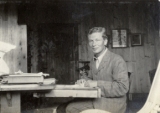
FFU 6.40, 1912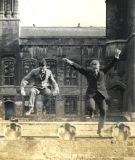
FFU 6.54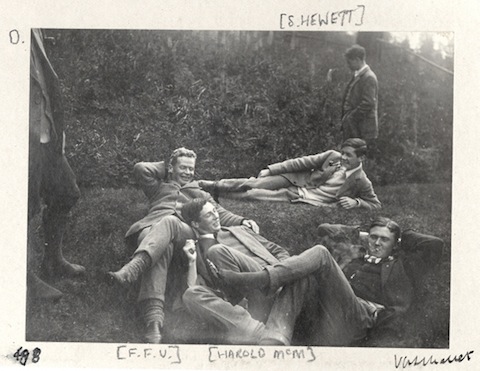
FFU with Harold Macmillan, at the Chalet, July 1913 (FFU 6.55, 57)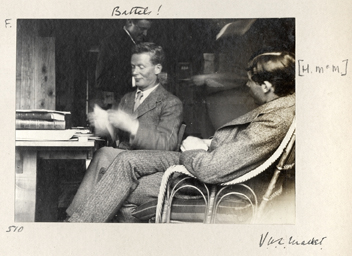
FFU with Harold Macmillan, at the Chalet, July 1913 (FFU 6.55, 57)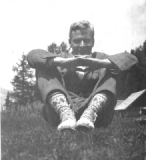
FFU 8.29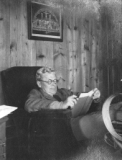
FFU 9.29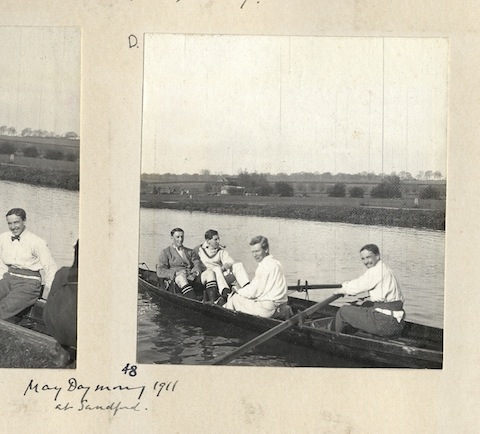
FFU 6.5, May Day 1911
FFU6.7, spring 1911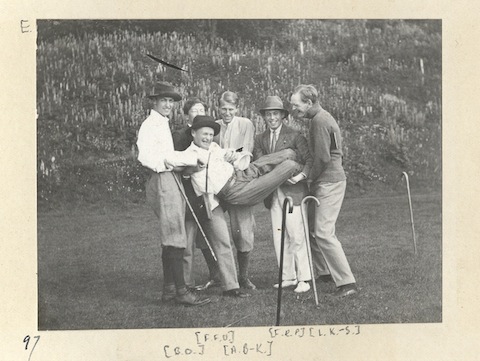
FFU6.10, July 1911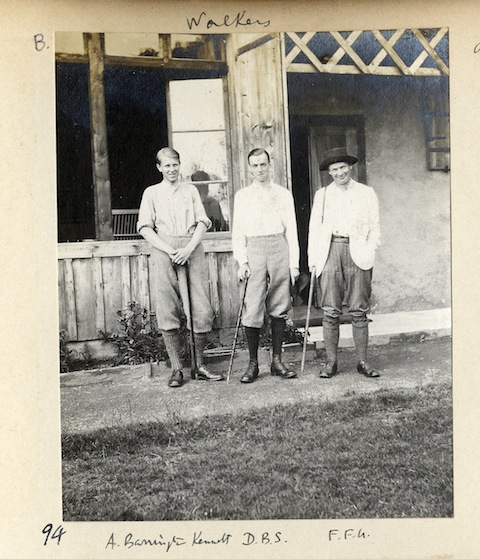
FFU6.10, 1911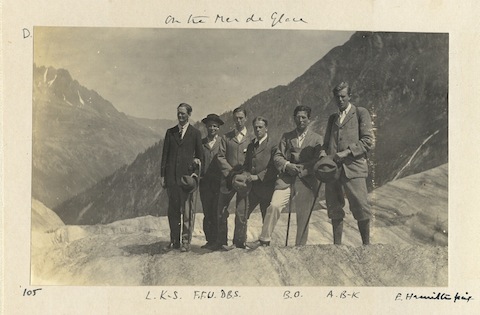
FFU 6.11, 1911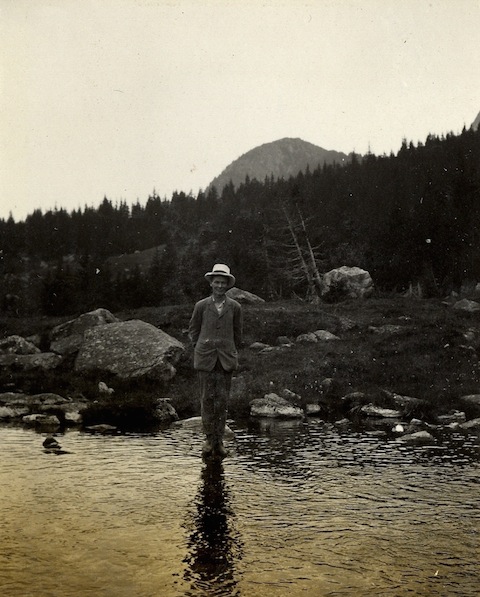
FFU 6.39, 1912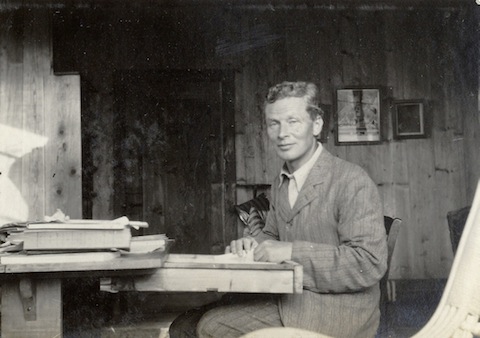
FFU 6.40, 1912
FFU 6.44, Studland, Sept 1912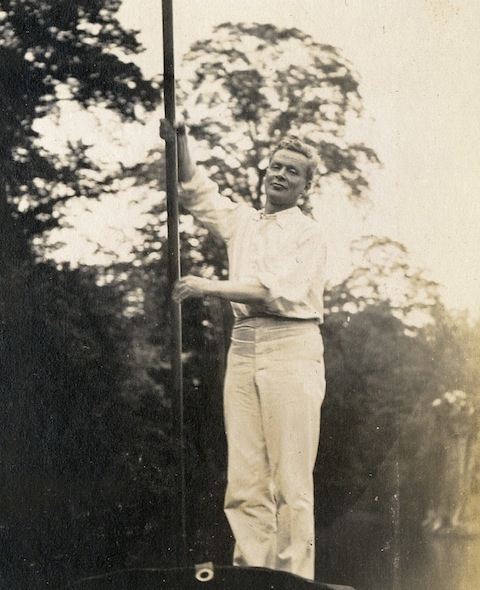
FFU 6.53, summer 1913
FFU 6.54, 1913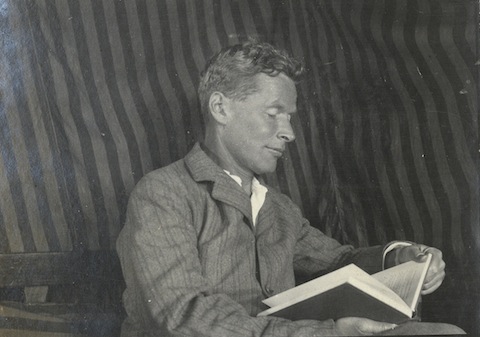
FFU 6.56, 1913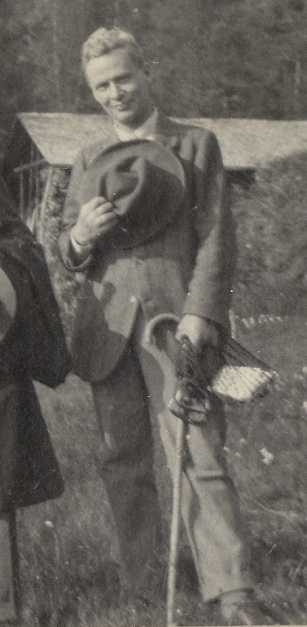
FFU 6.57, 1913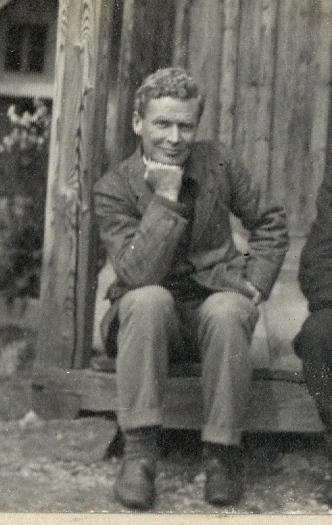
FFU 6.59, 1913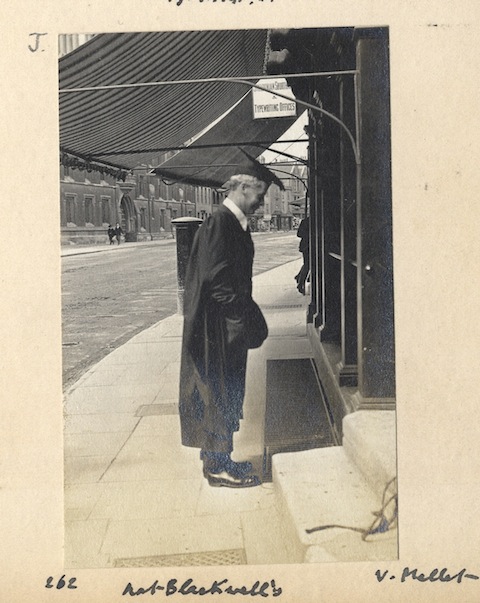
FFU 7.28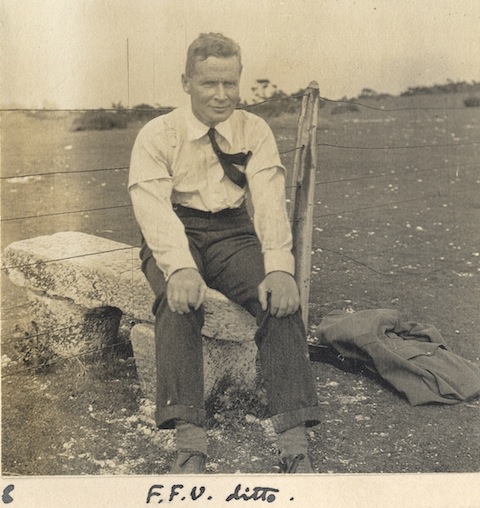
FFU 7.32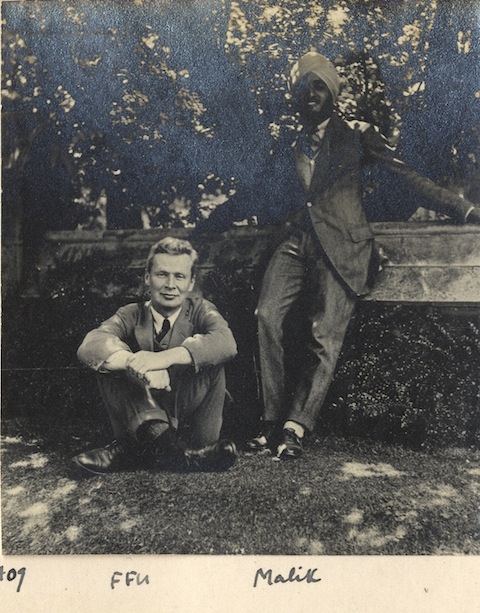
FFU 7.44
FFU 7.44
FFU 7.48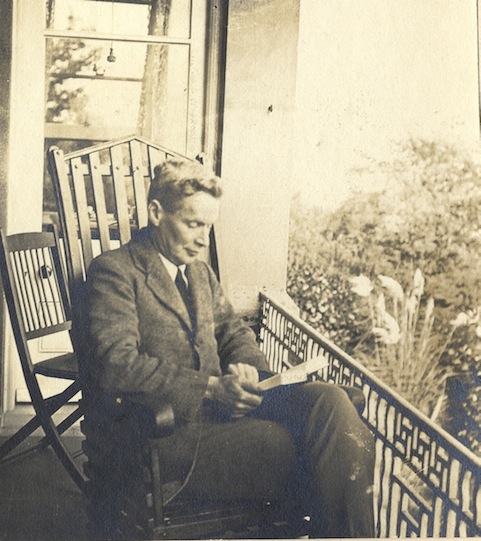
FFU 7.48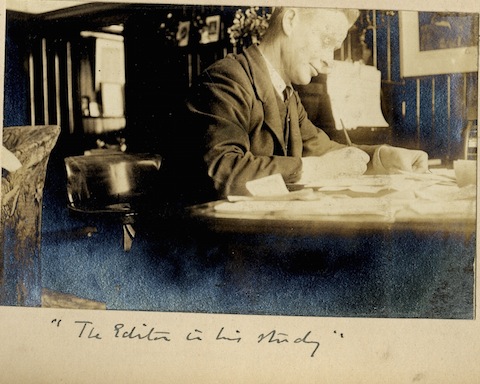
FFU 7.49
FFU7.51
FFU7.52
FFU 7.54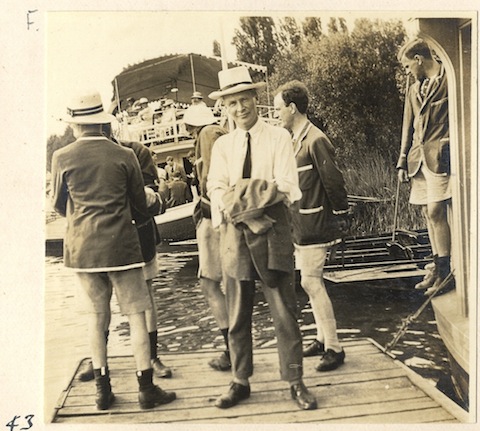
FFU 8.6
FFU 8.17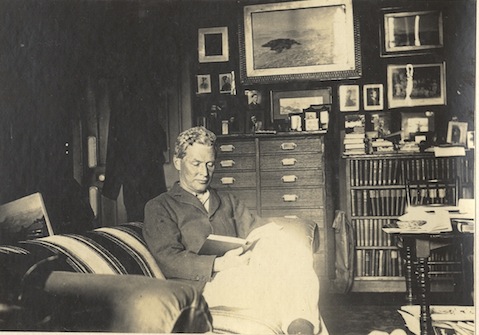
FFU 8.24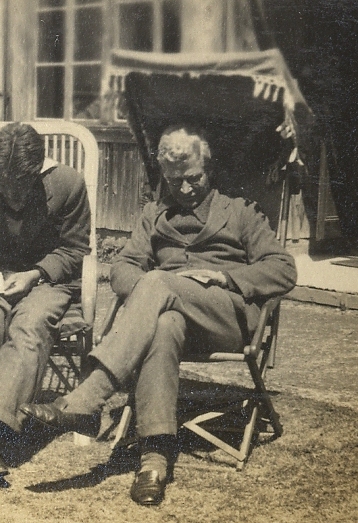
FFU 8.52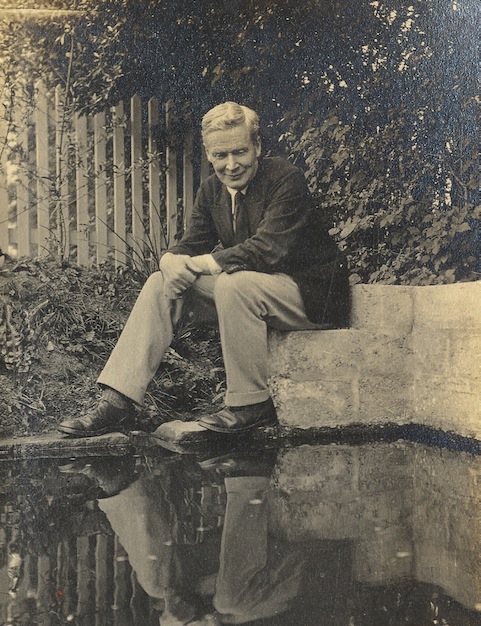
FFU 8.66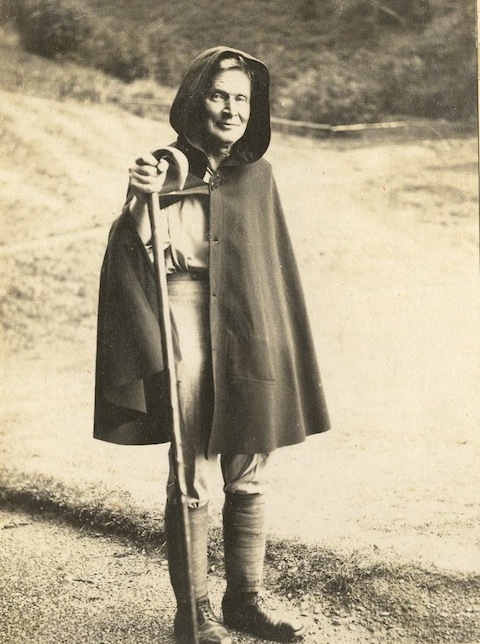
FFU 11.8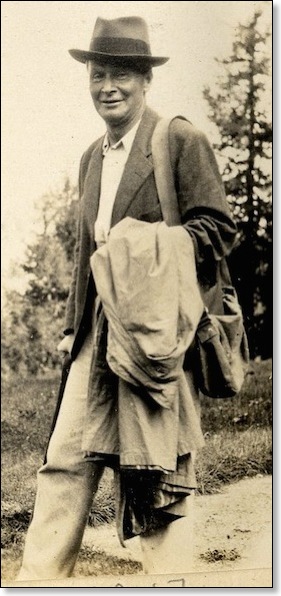
FFU 11.8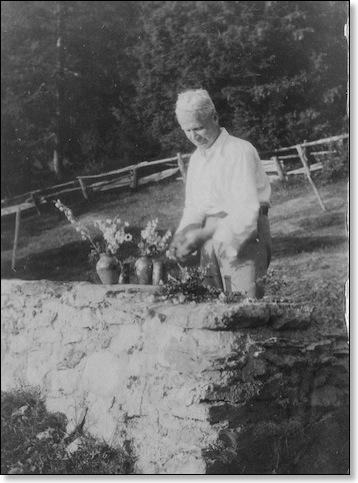
FFU 11.28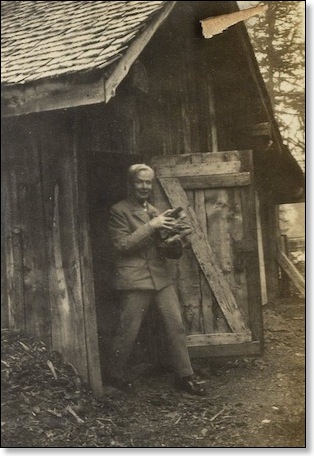
FFU 11.53

